Yes, your system will work. Consider the system spectrum (red line below), which is each sensitivity at each wavelength times the emission at that wavelength.
You can see that the transmitter is operating on a 0.84 efficiency portion of the receiver, which ought to be well within any error margin you might have, considering losses for distance, misalignment, focus, etc.
Compare with an imagined transmitter whose peak is at 875 nm to match the receiver (dashed blue line) and whose corresponding matching system spectrum is also shown (thin red).
This is engineering: how good is the fit in numbers? The area under the 950 nm pairing is 90% of the area under the 875 nm pairing, and this considered a small loss.
Of course, the receiver is also dropping compared to a perfect "white" receiver, and it's about 5% (see for example difference between dotted blue and thin red at 800 nm.)

The spectrum for the receiver is scraped from a graph on the datasheet. For the transmitter, Osram publishes it in "optical simulation" section, ASCII file download. (The staircasing on the graph is just an artifact from the graph drawing.)



